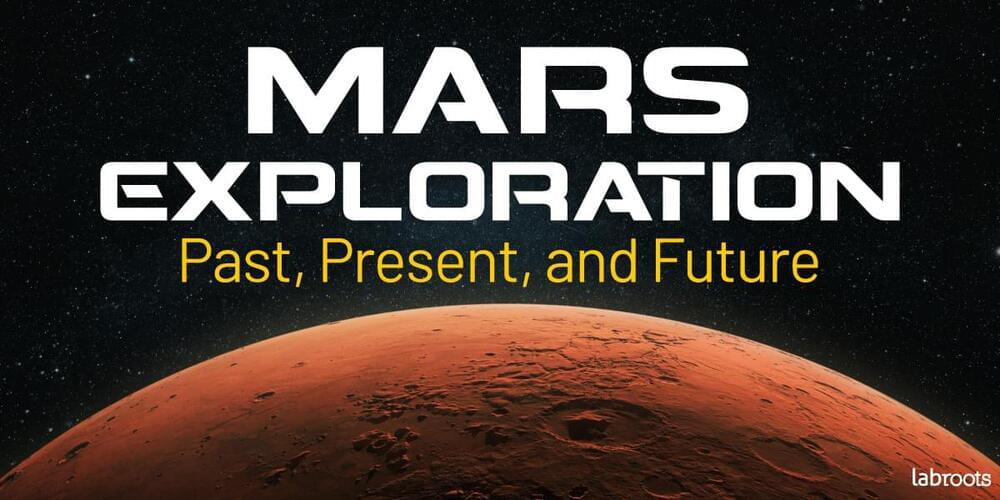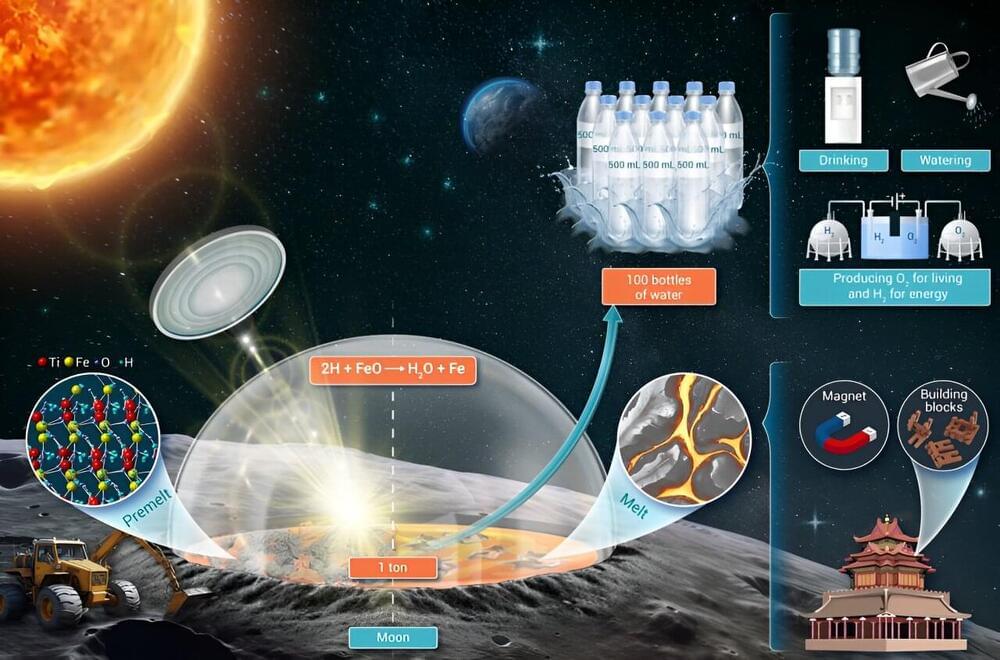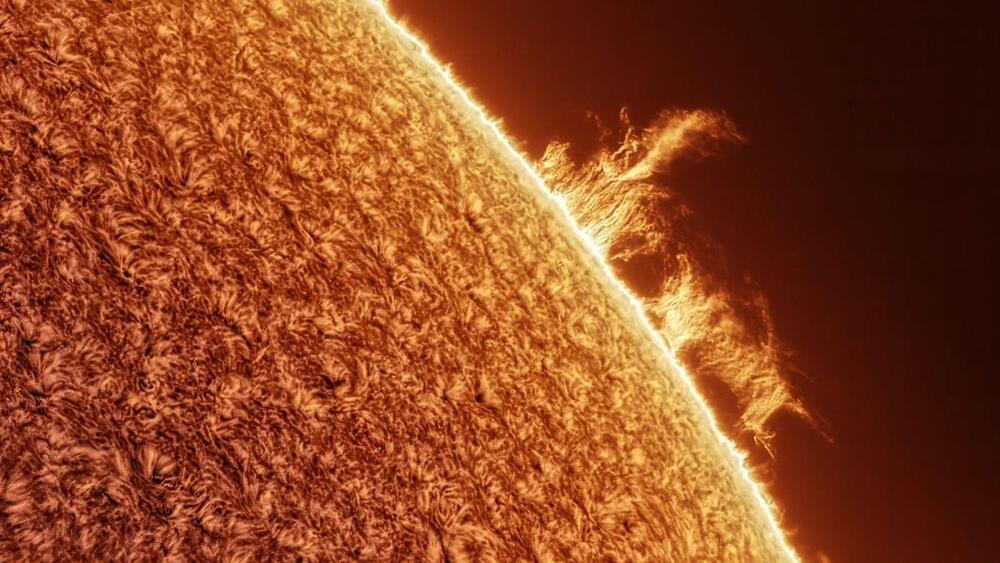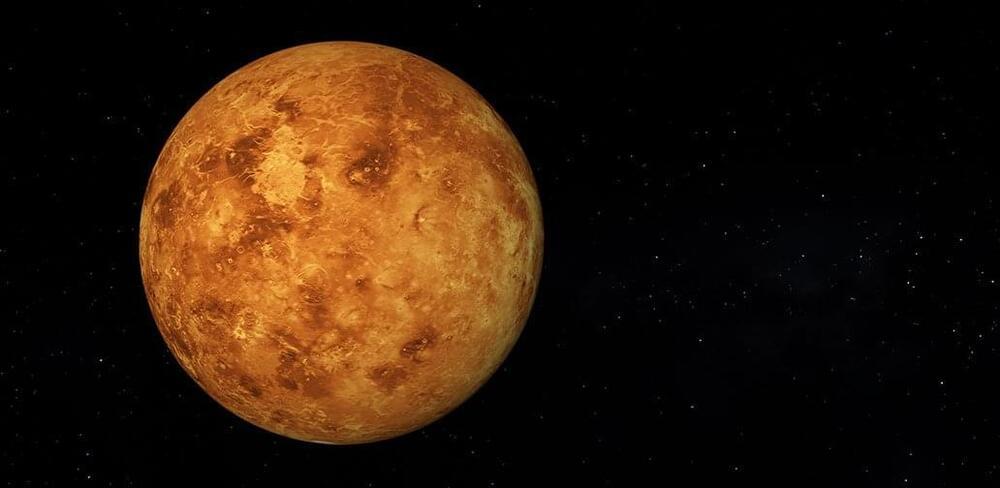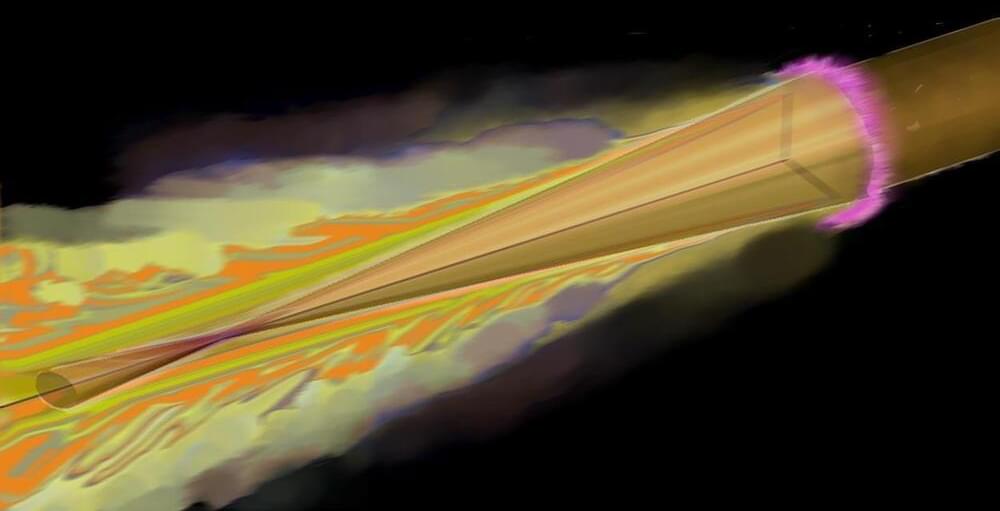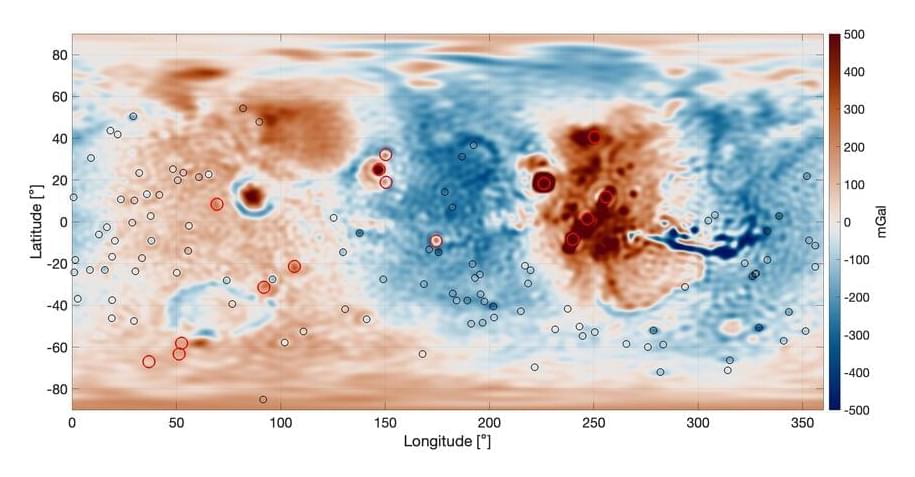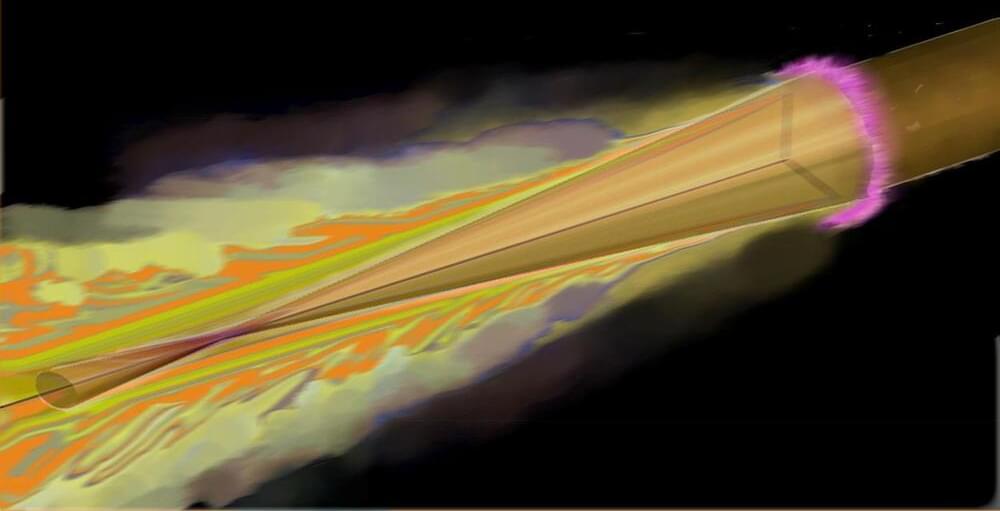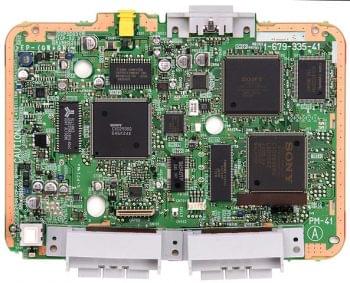Sep 16, 2024
Mars Exploration: Past, Present, and Future
Posted by Laurence Tognetti, Labroots Inc. in categories: education, robotics/AI, space
Why do we study Mars? What missions have been there? How do we plan to explore this intriguing world in the future? Quench your curiosity with this educational infographic on the Red Planet!
For thousands of years, Mars aka the Red Planet, has fascinated skywatchers from countless civilizations and cultures, leading some to speculate that it was a lush world full of life. However, the exploration of Mars has proven to be quite the contrast, instead exhibiting a dry and inhabitable world utterly devoid of life. Despite this, scientists and engineers from around the world have learned quite a bit from our planetary neighbor with the countless robotic explorers sent there, including flybys, orbiters, landers, and rovers.
Through this, we have gained incredible insight into the ancient history of Mars and whether life might have existed there long ago. In the future, as humanity looks to return the first samples from Mars and land humans on the Red Planet’s surface, we will continue to learn more about this fascinating world and whether it could have, or currently, hosts life as we know it.
Continue reading “Mars Exploration: Past, Present, and Future” »
